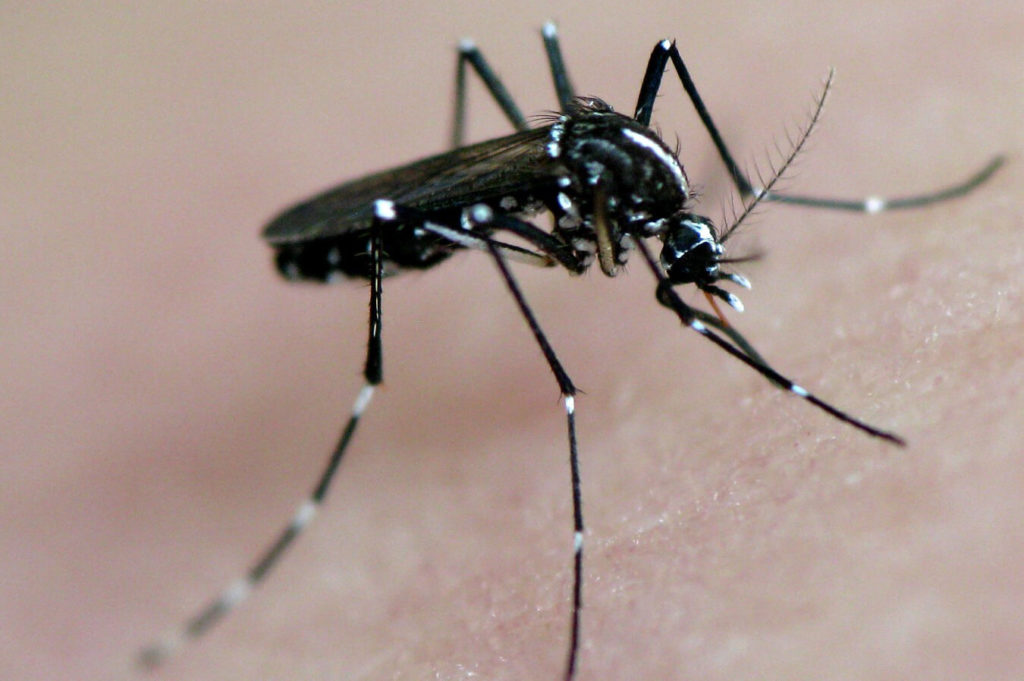Morocco, famous for its stunning landscapes and rich culture, is a top travel destination. Yet despite its beauty, visitors should stay informed about health risks—especially malaria. In this article, you will find everything you need to know about malaria in Morocco and how to protect yourself.
Malaria is a potentially life-threatening disease transmitted through the bite of infected Anopheles mosquitoes. While the risk of contracting malaria in Morocco is significantly lower than in other African countries, certain regions and seasons require extra caution. This guide covers current malaria risks, prevention tips, and symptoms to watch for.
Contents
Malaria in Morocco
Current situation
Morocco is largely considered malaria-free. The last notable case was reported in Casablanca in 2010, and no local transmissions have occurred since. Therefore, the risk for travelers is very low, except in some rural areas near the Atlas Mountains, where seasonal risks may exist from May to October.
Transmission risks
Malaria is primarily transmitted by the Anopheles mosquito, which is most active at dusk and during the night. The main malaria parasite in Morocco is Plasmodium vivax, a less severe form of the disease. However, there have also been reports of Plasmodium falciparum (tropical malaria), which can cause more severe symptoms.

Key risk areas:
- Northern and central regions: Highest mosquito activity (Anopheles claviger, labranchiae, multicolor, sergentii).
- Northwestern regions: The Oued Loukos area, a large wetland in northern Morocco, poses a high entomological risk, particularly in rice fields. The risk is seasonal, peaking during the summer rice-growing period.
- Coastal areas: Higher risks exist, especially for Anopheles labranchiae, the main malaria vector in Morocco.
- Higher altitudes: Climate change may expand mosquito habitats northward and uphill.
Although mosquitoes are present in these areas, the actual malaria risk in Morocco remains very low. The last local transmission of Plasmodium falciparum was reported in 1973, and Plasmodium vivax transmissions ceased in 2008. However, around 100 imported malaria cases are reported annually, mainly in major cities such as Casablanca, Rabat, Fes, and Agadir.
The potential risk of malaria reintroduction remains, especially due to climate change and increased travel from endemic regions. Continuous monitoring and control in high-risk areas are therefore essential.
Prevention tips
Although the risk of infection is low, take these precautions:
- Avoid bites: Use DEET-based repellents and sleep under insecticide-treated nets.
- Clothing: Wear long sleeves/pants in light colors (mosquitoes are drawn to dark shades).
- Medication: No routine prophylaxis is needed, but carry emergency malaria pills if visiting rural risk areas.
Symptoms and treatment of malaria
Malaria symptoms (fever, chills, headaches, muscle pain) typically appear 6–14 days after a bite.
If you develop a fever after visiting a risk zone, seek medical help immediately.
Conclusion on malaria in Morocco
For travelers to Morocco, the risk of malaria is low, particularly in rural areas during the warmer months. Taking appropriate protective measures such as using insect repellent and wearing suitable clothing can further reduce the risk. It is always advisable to stay informed about the current situation before traveling and to seek medical help immediately if symptoms appear.


